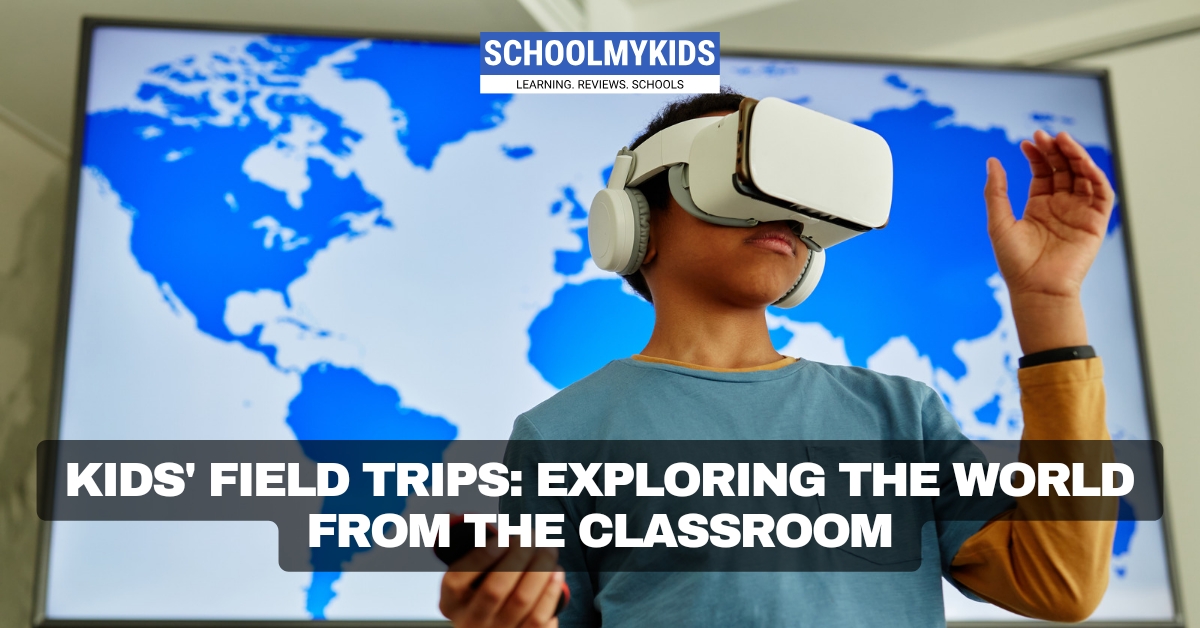Gone are the days when learning was confined to textbooks and classroom walls. Today, technology has opened up a world of possibilities for educators, and one of the most exciting developments is the rise of virtual field trips. This innovative approach to education transforms how students learn and engage with the world around them.
What is a Virtual Field Trip?
A virtual field trip is an immersive online experience that takes students to far-off places, historical sites, or even space without leaving the classroom. With the help of advanced technology such as virtual reality (VR) headsets, 360-degree videos, and interactive platforms, students can explore diverse environments, encounter different cultures, and gain firsthand knowledge of various subjects.
Kids Field Trips: How to do it Virtually?
Virtual field trips can be accessed through computers, tablets, or VR headsets. Teachers can curate various online resources, including pre-recorded videos, live webcasts, and interactive simulations. Students can explore these resources independently or as a group, guided by their teacher. The experience can be as simple as watching a video of a rainforest or as complex as a fully immersive VR journey through ancient Rome.
The Teacher's Role
The success of a virtual field trip largely depends on the teacher's ability to create a meaningful and engaging experience. Teachers play a crucial role in selecting appropriate resources, setting learning objectives, and facilitating discussions. They can also incorporate hands-on activities and projects to reinforce the learning and make the experience more interactive.
Benefits for Students
Virtual field trips offer numerous benefits for students. They can:
- Expand their horizons: Explore places and cultures that would otherwise be inaccessible.
- Develop critical thinking skills: Analyze information, ask questions, and draw conclusions.
- Enhance creativity and imagination: Immerse themselves in different worlds and perspectives.
- Increase motivation and engagement: Make learning fun and exciting.
- Develop 21st-century skills: Learn to use technology effectively and collaborate with peers.
Exploring the World Virtually
The possibilities for kids field trips are endless. Students can:
- Visit famous landmarks: Explore the Louvre Museum, the Great Wall of China, the Statue of Liberty, or the Taj Mahal.
- Dive into history: Witness historical events firsthand or explore ancient civilizations.
- Explore the natural world: Visit rainforests, oceans, and polar regions.
- Meet experts and scientists: Interact with professionals in various fields.
- Experience different cultures: Learn about traditions, customs, and languages.
Conclusion
Virtual field trips are a powerful tool for educators to bring the world into the classroom. By providing students with immersive and interactive learning experiences, teachers can foster a love of learning and prepare students for success in the 21st century. As technology advances, we can expect even more thrilling and innovative virtual field trips to emerge, making education more engaging and effective than ever before.









Be the first one to comment on this story.